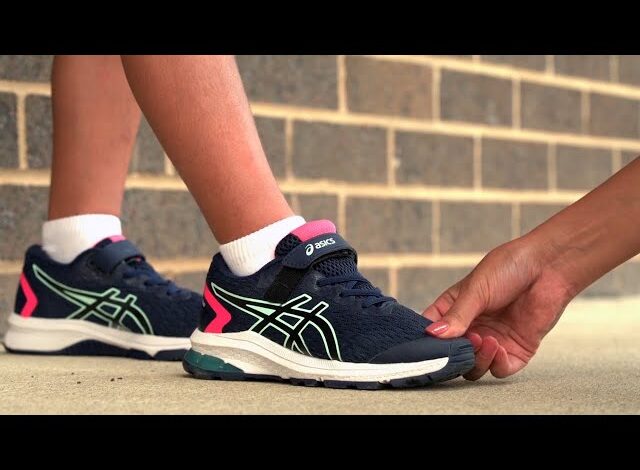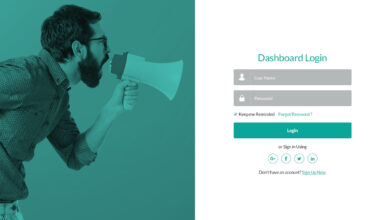Sneaker Shopping for Kids: Tips for Finding the Perfect Fit

Kids’ feet grow fast, so they must be measured when purchasing shoes. Also, remember that one foot is typically more significant than the other, and always buy shoes for the more giant foot. Try to make shoe shopping a fun experience for your kids. It will help promote healthy footwear habits down the road.
Know Your Child’s Activity
Kids require shoes that can handle their active lifestyle, whether running after their friends on the playground or sprinting through an away soccer match. Invest in sneakers with linings that are torn or heavily worn on the toes. Also, inspect them frequently for wear indicators like excessive scuffs. To check for a proper fit, press down on the outer side of your child’s foot to feel for the little toe—it should not be pressed firmly against the shoe wall but can flex within the shoe. Additionally, for a comfortable fit and room for growth, your thumb should be able to pass between the heel and the back of the shoe. When choosing footwear for your children, please encourage them to have a say in what color or style they would like. It will help them to feel involved and invested in their purchase and make the experience less stressful for you both. Kids can select their favorite pair of sneakers from brands like TOMS. Assist them in choosing a pair that is resilient enough to withstand the rigors of their busy lifestyle.
Know Your Child’s Lifestyle
Children are always on the go, and knowing what they will do with their shoes is essential. Consider if your child will wear the sneakers for school, running, or casual wear. Make sure to buy a shoe made of quality materials that can withstand the daily abuse of kids’ feet. Taking your child to the shoe store will allow them to get involved in the shoe selection and feel a sense of ownership. It is also an excellent opportunity to bond with them and spend time together. When shoe shopping with your children, always fit them against the larger foot. It will ensure the shoes are comfortable and don’t restrict their toes.
Know Your Child’s Footwear Needs
Properly fitting footwear can help kids develop healthy feet in the long run. Children who wear shoes that are too tight or constrictive can suffer foot pain, calluses, ingrown toenails, and blisters. It’s essential to take the time to measure kids’ feet and shop for footwear in a store that specializes in shoes for children.
It’s also a good idea to shop for shoes later in the day when kids’ feet have had a chance to swell throughout the day. Also, when shopping for new shoes, try them on with socks. Always remember to measure both feet, as it is common for one to be more significant. When calculating the feet for shoes, press on the tips of their toes and feel if there is enough room in the shoe (ideally about a thumb’s worth). When in doubt, size up. Sneakers and other lightweight shoes that don’t suffocate the foot are best for children. They should be comfortable from the first time they wear them.
Know Your Child’s Foot Size
If your kiddo wants the most out of their sneakers, they must fit correctly. That’s why measuring their feet at least every other month is essential. Kids’ feet grow fast – on average, between 0 and 2, their feet increase half a size every two months. You only need a piece of paper, a pen or marker, and a tape measure or ruler to measure their foot size. Please have your child stand on the paper with their weight evenly distributed on both feet, then trace around each one with the marker. Afterward, use the tape measure or ruler to mark the distance from their heel to their longest toe. Don’t forget to measure width, too — shoes that are too narrow can hinder proper foot development. Likewise, shoes that are too big can cause discomfort as they restrict movement.
Know Your Child’s Foot Shape
The foot is one of the most complicated parts of the body, with 26 bones, ligaments, and blood vessels. Wearing shoes that don’t fit properly can cause poor foot development and lead to future problems, so it’s essential to know how to work your child’s feet properly. A proper-fitting shoe will have room for your child’s toes and a narrower heel area than the front of the shoe. You can check the depth of a shoe by running your thumb over the top surface. If the shoe’s fabric ripples up into a ridge, it is too shallow and will pinch your child’s toes. Avoid shoes with a narrow toe area, as they can restrict your kids’ foot growth. Instead, choose footwear featuring a roomy toe area and gentle, rounded corners. Also, look for shoes made of quality material that will flex and bend with your kids’ feet.



